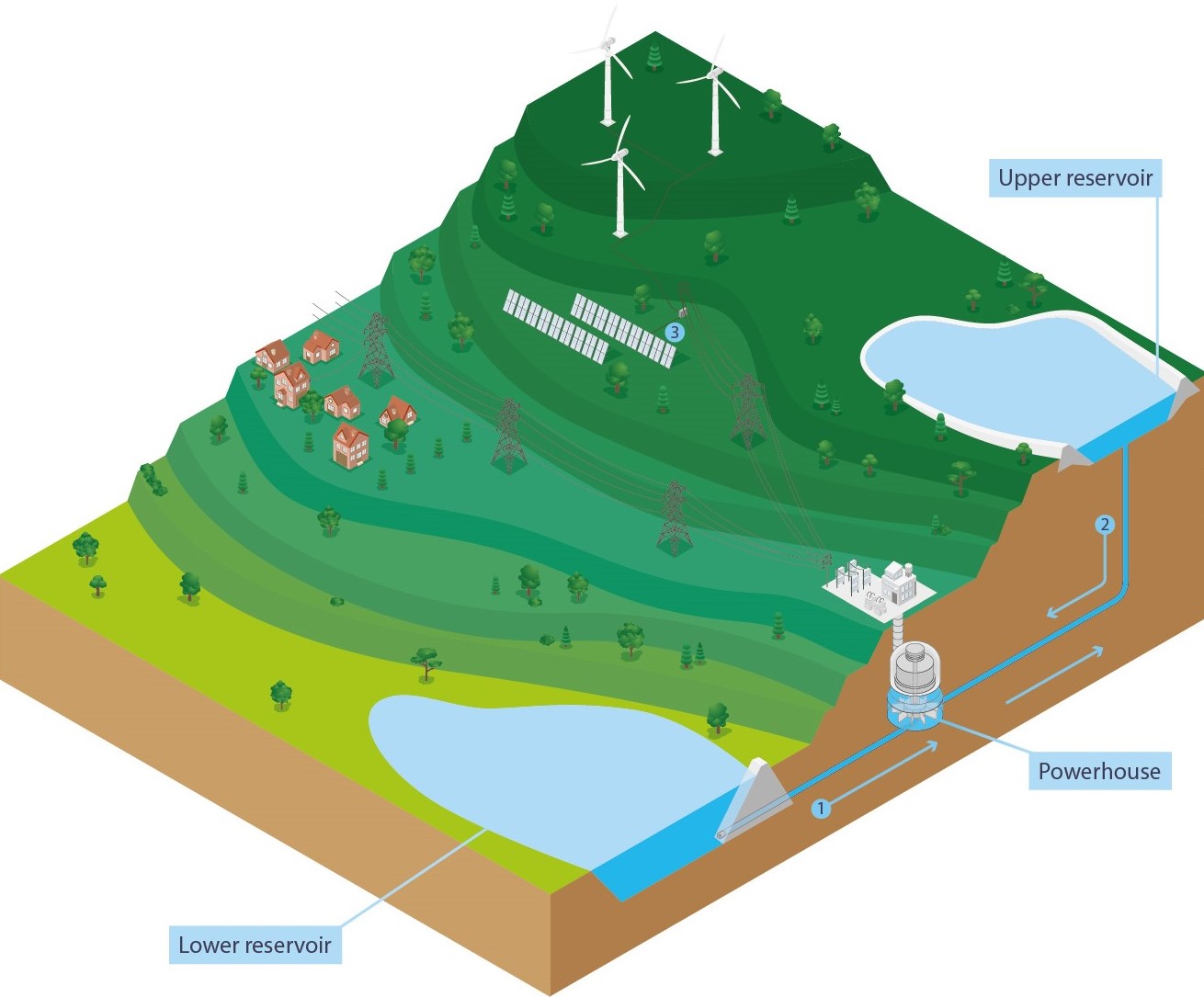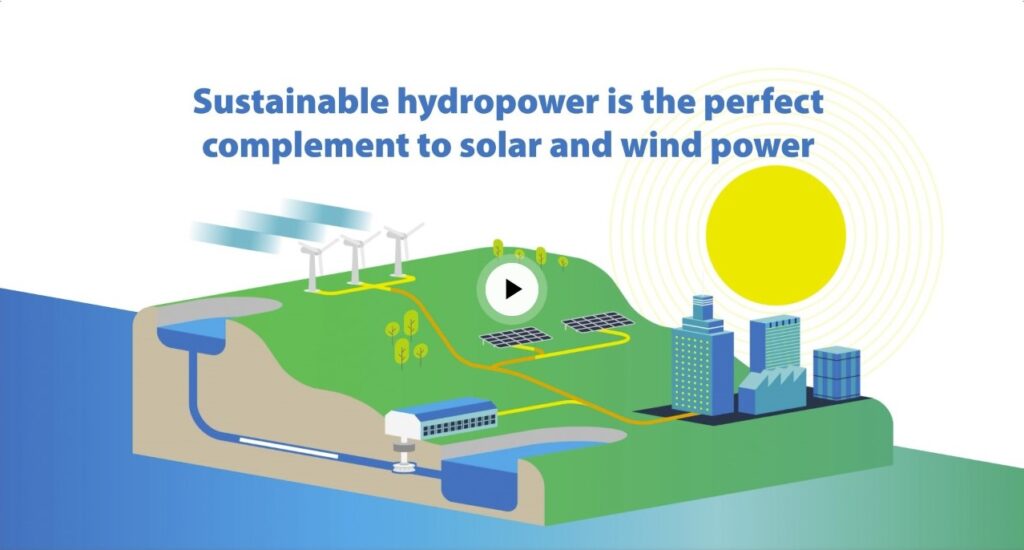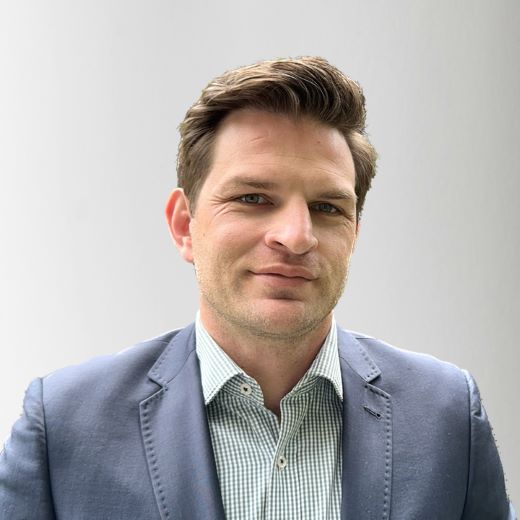
Deep Energy Storage For A Clean Energy World
Our Projects
WaterNSW, through a competitive tender process called the Renewable Energy and Storage Program , sought private sector interest to use its land and assets to support renewable energy generation and storage projects.
The Program delivers on WaterNSW’s commitment to being a financially, socially and environmentally responsible organisation, while aiding the NSW Government to deliver on the State’s objectives under the NSW Electricity Strategy and the NSW Electricity Infrastructure Roadmap. The tender process also fulfills a key action under the NSW Pumped Hydro Roadmap, of bringing forward private sector investment in Pumped Hydro Energy Storage (PHES).
In January 2024, WaterNSW declared Upper Hunter Hydro (UHH) as the successful tenderer of two projects in the Hunter Valley. These projects are located at Lake St Clair and Lake Glenbawn, playing a pivotal role in advancing the region’s renewable energy goals and providing excellent prospects for the much-needed long duration energy storage which is required to offset the retirement of coal-fired generation.
As currently designed, the PHES projects are primarily located on the WaterNSW land surrounding Lake Glenbawn and Lake St Clair, with a potential for co-located wind energy projects within the nearby region. Each PHES project will be able to deliver approximately +10 hours of dispatchable power and provide the critical storage capacity required to firm renewable energy generation. Both projects are located in strong areas of the National Electricity Market (NEM) and are also well placed to utilise the new transmission capacity being developed as part of the NSW Government’s Hunter-Central Coast Renewable Energy Zone.
UHH’s proposed projects are currently in the early conceptual design phase and over the upcoming months a series of studies will be commissioned to progress the design and environmental impact assessment of each project. UHH places high importance on sustainable development practices and both processes will include extensive stakeholder engagement, such that these projects can deliver maximum social, economic and environmental benefit.
How PHES Works
Pumped hydro energy storage (PHES) is a form of clean energy storage that is ideal for electricity grids that are largely reliant on solar and wind power. PHES uses the force of gravity to generate electricity using water that has been pumped from a lower reservoir into an upper reservoir.
The water is pumped to the higher reservoir at times of lower net demand (a sunny day for example), where electricity prices are low – and at times of high demand (and higher electricity prices) the water is then released back into the lower reservoir, driving a water turbine which generates electricity.
The energy storage capacity of a PHES facility depends on the size of its reservoirs, while the amount of power generated is linked to the size of the turbine.
A facility with two reservoirs roughly the size of two Olympic swimming pools, and a 500-metre height difference between them, could provide a capacity of 3 megawatts (MW) and store up to 3.5 megawatt hours (MWh) of electricity. In the case of the Upper Hunter Hydro Projects, the reservoir capacities are much greater, which allows for a larger turbines and greater energy storage.
The Benefits of PHES
Pumped hydro has some of the lowest capital costs compared to other long duration storage technologies with a duration greater than 8 hours.
Pumped hydro’s electro-mechanical components have a lifespan of 50 to 60 years and when properly maintained the civil infrastructure, such as the dams and tunnels, have service lives that can exceed 100 years. In contrast, the technical life of a utility scale battery is approximately 15 years, as the plant degrades over time.
Pumped hydro acts as a safeguard against prolonged periods of energy generation deficits, such as multiple days of cloud cover or calm winds. It provides an insurance against extended mismatches between energy supply and demand, ensuring power is available even during extended adverse conditions.
In addition to managing daily peak demands and instantaneously balancing grid fluctuations, long duration storage can shift significant amounts of energy from times of excess generation to periods of high demand, even if those periods are days or weeks apart.
In the event of unexpected grid failures or disruptions, pumped hydro has black start capabilities and can stabilise the grid for extended periods. While batteries will play an important role in firming wind and solar, it is important to spread technology risk across a range of storage types and durations.
In the event of unexpected grid failures or disruptions, pumped hydro has black start capabilities and can stabilise the grid for extended periods. While batteries will play an important role in firming wind and solar, it is important to spread technology risk across a range of storage types and durations.
FAQ
Here, we provide straightforward answers to common questions about PHES. As the demand for clean energy grows, pumped hydro storage plays a crucial role. Whether you’re an individual, business owner, or policymaker, our FAQ section breaks down the basics, benefits, and challenges of pumped hydro energy storage, helping you understand this key aspect of this form of renewable energy.
If you have additional questions, please feel free to contact us!
The landscape of Australia’s electricity network is undergoing significant transformation, largely driven by the importance to decarbonise and the closure of aging coal-fired power plants. This shift entails a greater reliance on variable electricity generation sources – solar energy output varies with the intensity of sunlight, while wind turbines only produce electricity when the wind blows.
Pumped Hydro Energy Storage enables the ability to store renewable electricity generated from these sources and utilised during periods when the Australian population would have typically depended on coal fired generation – facilitating a smoother transition towards renewable energy utilisation.
There are two main types of pumped hydro:
- Open-loop: with either an upper or lower reservoir that is continuously connected to a naturally flowing water source such as a river.
- Closed-loop: an ‘off-river’ site that produces power from water pumped to an upper reservoir without a significant natural inflow.
Both of our projects will be using a Closed-Loop system. Water is borrowed from the lake to fill the upper reservoir, charging the battery, and then returned to the lake during energy production.
No, the projects operate as closed-loop systems, continuously utilising and replenishing the existing dam water without any net loss or addition to the water source.
Yes, and like all forms of energy storage, there are inherent efficiency losses. But electricity is not the same value at all times of the day. However, pumping water offers us the capability to absorb surplus energy during off-peak periods, storing it in the upper reservoir, and subsequently releasing it to generate power when needed.
For instance, during the height of solar generation in the midday when electricity prices are low, or even negative, and many are away at work or school, we can store the excess solar energy by pumping water to the upper reservoir. Then, as the sun sets and demand surges in the early evening when people return home, water can be released downhill again so the stored energy can be utilised to meet this peak demand.
Ensuring electricity availability on demand, often referred to as baseload, is a universal priority. Historically, Australia has relied heavily on coal-fired power generation to meet its baseload electricity requirements. However, with many coal-fired power stations nearing the end of their operational life, there’s a pressing need to compensate for these losses with alternative sources.
Environmental, social, and economic considerations have all underscored the importance of transitioning to renewable energy generation. Supporting these variable generation sources necessitates energy storage solutions capable of capturing and releasing energy to the electricity grid as per the needs of the Australian population, rather than solely relying on when it can be generated.
During periods of high energy production but low demand within the National Electricity Market (NEM), generators are often constrained by the network operator due to the lack of capacity for surplus electricity. Our projects are specifically designed to address this issue by absorbing excess energy, enabling wind and solar generators to maintain their electricity generation. Subsequently, this stored energy can be reintegrated into the NEM when demand rises.
The upper reservoir will represent about 1% of the capacity of Glenbawn and 3% of the capacity of Lake St Clair and for that reason it is expected that the projects will have a minimal impact on the water levels of the lakes, Furthermore, no adverse effects on recreational activities on the lakes are currently anticipated.
There will be a detailed preliminary design phase that will consider the concept in greater detail. This may include engineering design, geotechnical investigations and developing a greater understanding of environmental and social dimensions of the design. The preliminary design will consider matters that will be required by the NSW government under the Environmental Planning and Assessment Act 1979 (EP&A). As the level of detail and knowledge increases, the UHH team will engage with the broader community to gather social information and views; these will be key inputs into the EP&A process.
Pumped Hydro Storage Tracker
The International Hydropower Association tracks all the Pumped Storage projects around the world, their tool is the most comprehensive and up-to-date online resource on the world’s water batteries.
The tool shows the status of a pumped storage project, it’s installed generating and pumping capacity, and its actual or planned date of commissioning.
“The stakes have never been higher and renewables are key to addressing the climate challenges we currently face.”
– Malcolm Turnbull, IHA President
Upper Hunter Hydro is a renewable energy company founded by Australia’s 29th Prime Minister, and current President of the International Hydropower Association, Malcolm Turnbull, and hydro engineer Roger Gill, who is the Past-President of the International Hydropower Association and a director for the last 20 years.
Together Malcolm and Roger bring a lifetime of experience in clean energy development and are committed to delivering the deep energy storage required for a net-zero world. It was from this commitment that Upper Hunter Hydro was born.
Our Role in a Clean Energy Future:
Across Australia coal fired power generation is winding down and many coal fired power plants are retiring sooner than scheduled. This trend is more acute in New South Wales than in many other parts of Australia because of the State’s historic heavy dependence on coal. The cheapest forms of new generation are wind and solar, and technological advances are making them cheaper.
But what happens when the wind doesn’t blow, and the sun doesn’t shine?
The answer is storage; the best form of clean, long duration electricity storage is pumped hydro. It’s simple, when renewable electricity is plentiful (middle of a sunny day, or a windy night) water is pumped up from a lower to a higher reservoir. When the sun goes down or the wind doesn’t blow, the water from the higher reservoir runs downhill through a hydro turbine to generate electricity.
Directors of Upper Hunter Hydro
Trusted Partners
Central to our success is a network of esteemed partners, meticulously selected for their dedication to quality, innovation, and shared values. Collaborating closely with industry leaders, technology providers, and forward-thinking individuals is a source of pride for us. Together, we are poised to elevate our projects, establishing new benchmarks in the dynamic and ever-evolving landscape of renewable energy.
Media & Announcements
UHH Awarded Contract by WaterNSW

Upper Hunter Hydro Pty Ltd has welcomed the decision of WaterNSW to award it a development agreement to explore pumped hydro energy projects in the NSW Hunter Valley.
Start a conversation
Upper Hunter Hydro looks forward to working with the community to develop an important clean energy project to provide energy security to the Hunter and the State of NSW.
At this early conceptual stage, Upper Hunter Hydro looks forward to working collaboratively with the Hunter community.
info@upperhunterhydro.com.au











